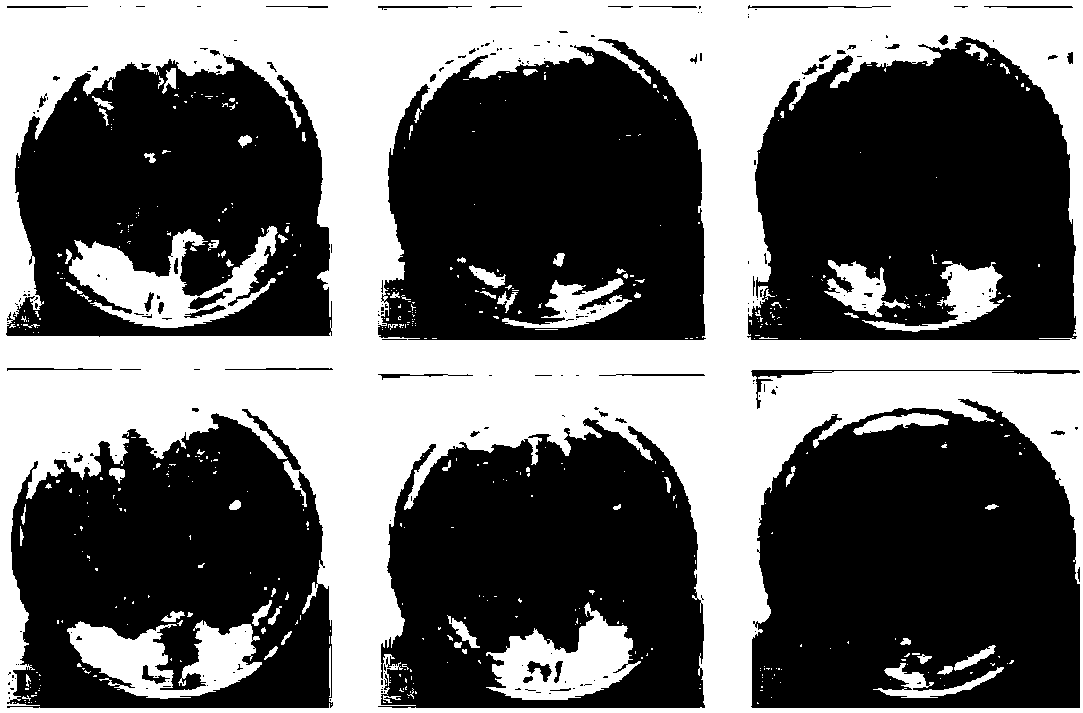Method for screening homogenized rice chloroplast transgenic plants
A screening method and homogenization technology, applied in botany equipment and methods, biochemical equipment and methods, genetic engineering, etc., can solve problems such as failure
- Summary
- Abstract
- Description
- Claims
- Application Information
AI Technical Summary
Problems solved by technology
Method used
Image
Examples
Embodiment 1
[0038] 1 Materials and methods
[0039] 1.1 Test material
[0040] 1.1.1 Plant material
[0041] The test materials for testing are 20 early-maturing rice lines (code-named: 12, 14-17, 15, 17, 19, 35, 37-14, 47, 58, 111, 117, 198, 201, 239, 450, 501 , 808, 848, 1471, Z291), selected and bred by the Rice Breeding Laboratory of Jilin Agricultural University.
[0042] 1.1.2 Plasmids and strains
[0043] Design of the Prrn-T7g10-MSI99-smGFP-HPT-Trps16 expression cassette required for rice chloroplast expression. Prrn promoter and Trps16 terminator are 16S rRNA promoter and 3' end mature sequence respectively (GenBank accession number: BA000010.8); the three genes MSI99, smGFP and HPT included are all based on rice chloroplast Codon optimization for codon bias. The attP site and attB site recognized by homologous recombinase were inserted in the upstream of the smGFP gene and downstream of the HPT gene to excise the selection marker gene. The fragment was synthesized by Jinst...
PUM
| Property | Measurement | Unit |
|---|---|---|
| Diameter | aaaaa | aaaaa |
| Diameter | aaaaa | aaaaa |
Abstract
Description
Claims
Application Information
 Login to View More
Login to View More - R&D Engineer
- R&D Manager
- IP Professional
- Industry Leading Data Capabilities
- Powerful AI technology
- Patent DNA Extraction
Browse by: Latest US Patents, China's latest patents, Technical Efficacy Thesaurus, Application Domain, Technology Topic, Popular Technical Reports.
© 2024 PatSnap. All rights reserved.Legal|Privacy policy|Modern Slavery Act Transparency Statement|Sitemap|About US| Contact US: help@patsnap.com










